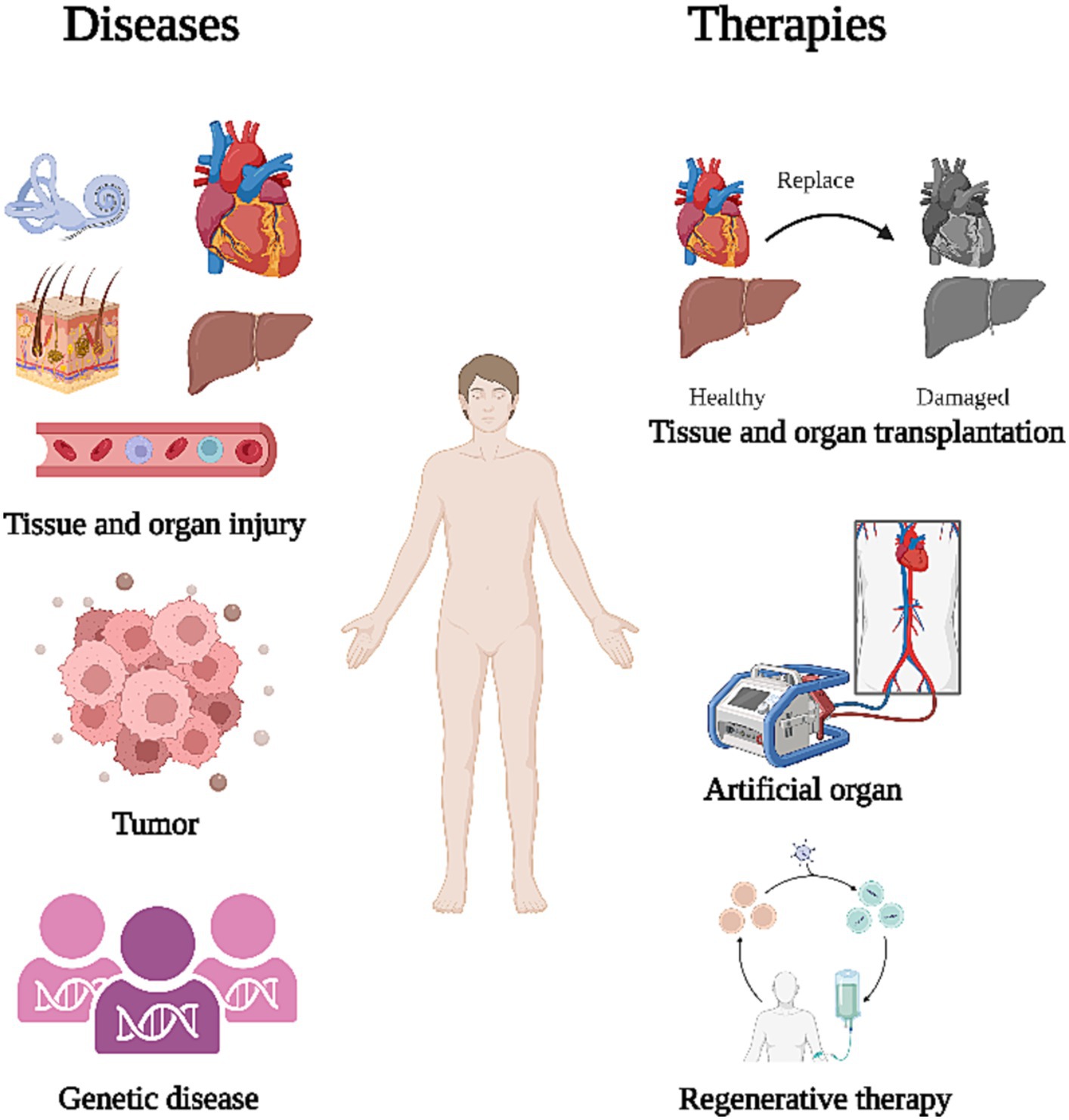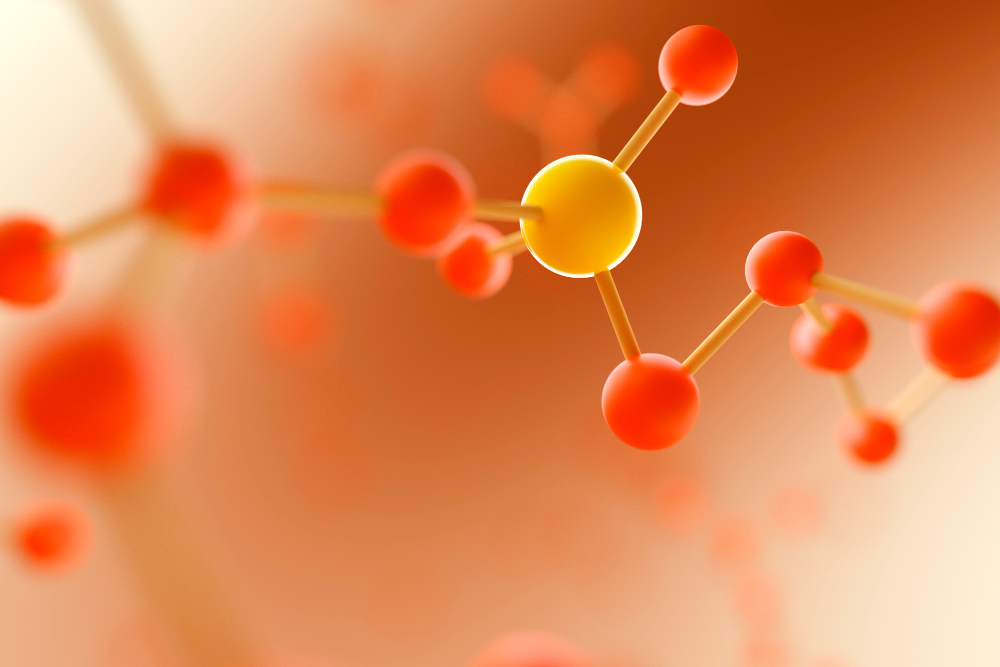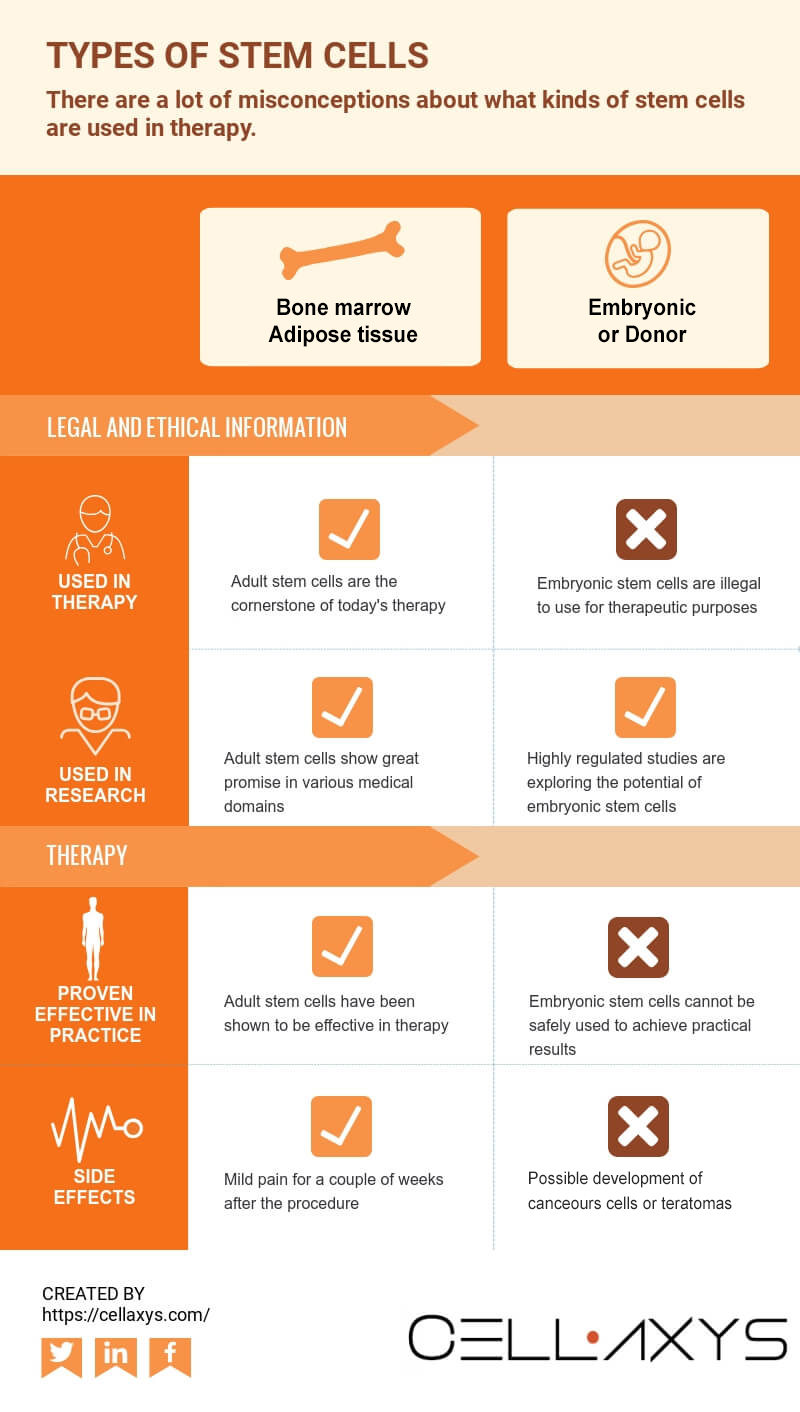
[/image][=video]
[/video]
The majority of sites made use of for bone marrow harvesting are located in the hip bones and the breast bone. In healing, the benefactor might experience some pain in the areas where the needle was placed.

If an autologous transplant is prepared, formerly collected stem cells, from either peripheral (apheresis) or harvest, are counted, evaluated, and ready to infuse. The prep work for a bone marrow transplant vary relying on the kind of transplant, the disease needing transplant, and your resistance for sure medicines. Think about the following: Frequently, high doses of chemotherapy and/or radiation are included in the preparations.
Ablative therapy stops this process of cell manufacturing and the marrow becomes empty. An empty marrow is needed to make area for the new stem cells to grow and establish a brand-new blood cell manufacturing system.
It is not a surgical treatment to put the marrow right into the bone, but is similar to receiving a blood transfusion. The stem cells locate their method right into the bone marrow and begin replicating and growing brand-new, healthy and balanced blood cells. After the transplant, supportive care is offered to prevent and deal with infections, side results of therapies, and problems.
Menopause Therapy
The days before transplant are counted as minus days. The day of transplant is thought about day no. Engraftment and recuperation following the transplant are counted as plus days. A client may go into the hospital on day -8 for preparative regimen. The day of transplant is numbered zero. Days +1, +2, etc, will certainly comply with.
The days are phoned number to help the person and family members understand where they remain in regards to risks and discharge preparation. During infusion of bone marrow, the client may experience the following: Pain Chills High Temperature Hives Upper body discomfort After mixture, the client may: Invest a number of weeks in the medical facility Be extremely at risk to infection Experience excessive blood loss Need blood transfusions Be restricted to a tidy atmosphere Take multiple anti-biotics and various other medications Be given medicine to avoid graft-versus-host diseaseif the transplant was allogeneic.
Platelets are typically the last blood cell to recuperate. Engraftment can be postponed because of infection, medicines, low given away stem cell matter, or graft failing.
Prescription antibiotics, antifungal medicines, and antiviral medicines are typically given to try to stop severe infection in the immunosuppressed client. Thrombocytopenia (reduced platelets) and anemia (reduced red blood cells), as an outcome of a nonfunctioning bone marrow, can be dangerous and also dangerous.
Liquid overload is a difficulty that can lead to pneumonia, liver damages, and high blood stress. The major reason for fluid overload is because the kidneys can not keep up with the big amount of fluid being provided in the kind of intravenous (IV) medications, nutrition, and blood products.
Medical Group

Respiratory standing is an important function that may be compromised throughout transplant. Infection, swelling of the airway, liquid overload, graft-versus-host condition, and blood loss are all potential dangerous problems that might take place in the lungs and lung system. The liver and heart are essential body organs that may be harmed throughout the hair transplant process.
Failing of the graft (transplant) taking hold in the marrow is a potential problem. Graft failing may happen as an outcome of infection, persistent illness, or if the stem cell matter of the contributed marrow was insufficient to cause engraftment. Graft-versus-host condition (GVHD) can be a major and dangerous issue of a bone marrow transplant.
Instead of an organ transplant where the client's immune system will try to deny only the transplanted body organ, in GVHD the new or hair transplanted body immune system can strike the entire person and all of his/her body organs. This is because the brand-new cells do not acknowledge the cells and organs of the recipient's body as self.

One of the most typical sites for GVHD are GI system, liver, skin, and lungs. Diagnosis significantly depends on the following: Kind of transplant Type and degree of the condition being treated Condition feedback to treatment Genes Your age and overall health Your resistance of specific medicines, treatments, or treatments Severity of problems Just like any kind of treatment, in bone marrow transplant the prognosis and long-term survival can differ considerably from one person to another.
Hormone Therapy around Romulus
Constant follow-up treatment is crucial for the client adhering to a bone marrow transplant. New approaches to boost therapy and to lower issues and negative effects of a bone marrow transplant are consistently being found.
Accessed June 5, 2017. The hope is to bring back damaged tissue that will not properly recover by itself. Regenerative medicine therapies can be separated right into three categories: promote healing by injecting or positioning live cells into the client. Examples of mobile treatment consist of PRP and stem cell therapies, which can be utilized to treat tendinopathy and various other sporting activities injuries.
Outer nerves, for example, include Schwann cells, nerve fibroblasts, and immune cells, each playing a function in nerve regrowth, as gone over here. Stem cell treatment is one of the most thoroughly researched and promising branches of cell regrowth therapy. Some cells, such as epithelial cells in the skin or the lining of the intestinal tract, have a high turnover turn over price can regenerate restorePromptly
Navigation
Latest Posts
Regenerative Therapy local to Romulus, Michigan
Medical Group
Stem Cell Therapy